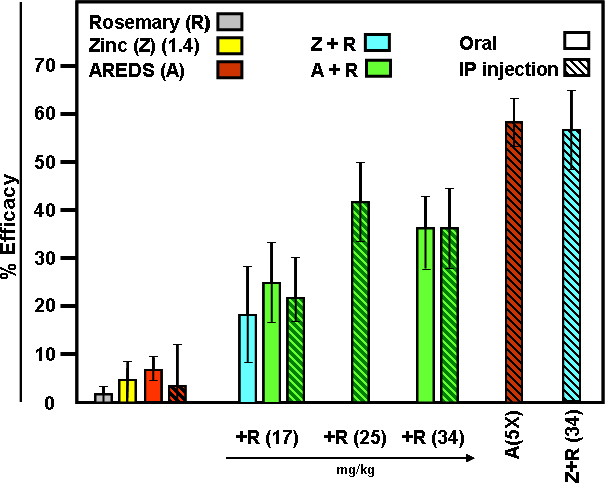Figure 2. Protective efficacy of AREDS and rosemary on photooxidative retinal damage. Rats were reared in a 20 lux cyclic light environment
and supplemented for 6 weeks with AREDS (A), AREDS + 17 mg/kg rosemary (A+R), zinc oxide (1.4 mg/kg) + 17 mg/kg rosemary (Z+R),
rosemary alone (R), or zinc oxide alone (Z). Rats were exposed to intense light for 6 h (colored vertical bars), and allowed
to recover in darkness for 2 weeks. One group of rats received A+R (34 mg/kg) daily for 1 week. Other animals were injected
i.p. with A, or A+R (17, 25 or 34 mg/kg) 1 h before intense light treatment (diagonal hashed bars). One subgroup was given
A at five times the daily recommended dose; a second subgroup received Z+R (1.4 and 34 mg/kg). Retinal DNA measurements were
performed to determine protective efficacy, as described [
25]. Results are presented as average percent (%) efficacy ± standard error of the mean (SEM) for four to eight animals per
treatment. Chronic supplementation of rats with A, or acute i.p. administration, was ineffective in preventing photooxidative
retinal damage. Oral R (17 mg/kg) or Z (1.4 mg/kg) alone were also ineffective. However, A+R (17 mg/kg), either given orally
or by i.p. injection, resulted in 20–25% efficacy. A+R given i.p., with R at 25 or 34 mg/kg, or feeding A+R (34 mg/kg) for
1 week led to an average of 35% protective efficacy. AREDS (i.p.) at 5X the daily recommended dose or Z+R (34 mg/kg) provided
55–60% efficacy.
 Figure 2 of
Wong, Mol Vis 2017; 23:718-739.
Figure 2 of
Wong, Mol Vis 2017; 23:718-739.  Figure 2 of
Wong, Mol Vis 2017; 23:718-739.
Figure 2 of
Wong, Mol Vis 2017; 23:718-739. 